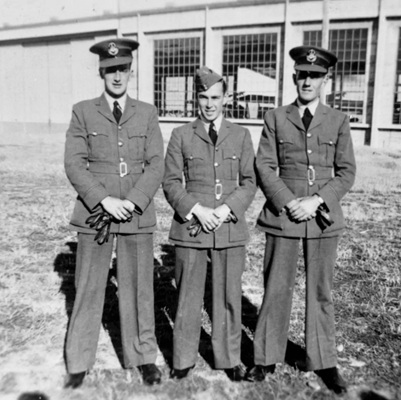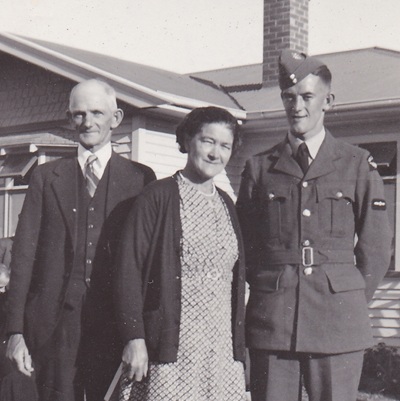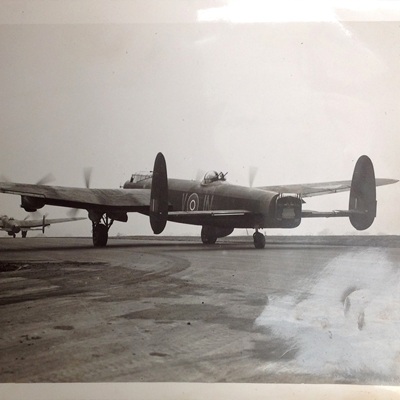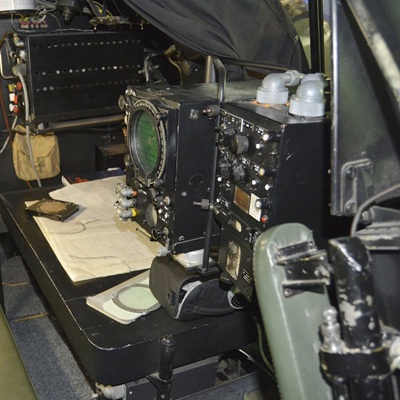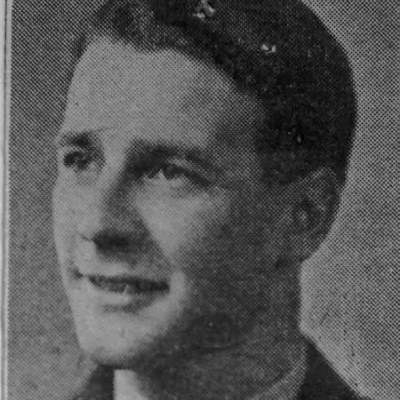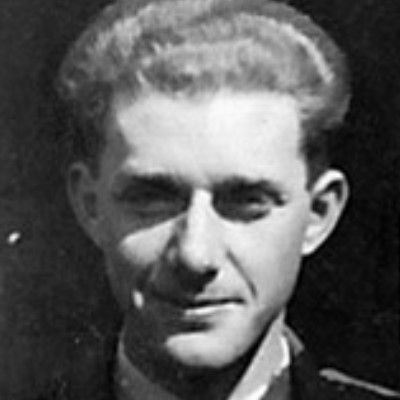Stories
Stories
Early operations over France
Ian Anstey was one of the first New Zealand airmen to be in aerial combat. His squadron was tasked with attacks on the advancing Germans after the 'Phoney War' came to an abrupt end in May 1940. Outnumbered and outclassed it was a fight for survival in the skies over France.
Parents’ Heartache and Pride: Sending Their Sons to War
As war clouds darkened the world in the late 1930s and early 1940s, thousands of young New Zealand men answered the call to serve. For their parents, watching a beloved son stand tall in uniform, ready to embark on this journey into the unknown, must have stirred a mixture of pride and trepidation.
Skipper at 21
The airmen who took to the skies were often remarkably young. Some in their teens, many just into their twenties, tasked with flying complex aircraft on perilous missions over enemy territory. Laurie McKenna recalls his first mission as skipper.
To Berlin in a Big Wind
On just his fourth operation, Des Andrewes, the Navigator for Chuck Struthers’ crew of 622 Squadron, was thrown in the deep end on what became known as “The Night of the Big Winds”.
Flt Lt Alfred William Doel
New Zealander Flt Lt Alfred William Doel is one of the hundreds of Bomber Command aircrew lost in the North Sea. It is the airmen like Doel and his aircrew who are remembered in the LOST memorial, in Egmond aan Zee, Netherlands - is a tribute to all missing airmen who perished over the North Sea.
The Long March
For POWs life in German prison camps was very tough. It became even worse when their captors began a series of forced marches from camps located in Eastern Europe to the heart of Germany. In extreme winter conditions many POWs lost their lives. F/Sgt Bernard (Bill) Allen recorded his experience of ‘The Long March”.
